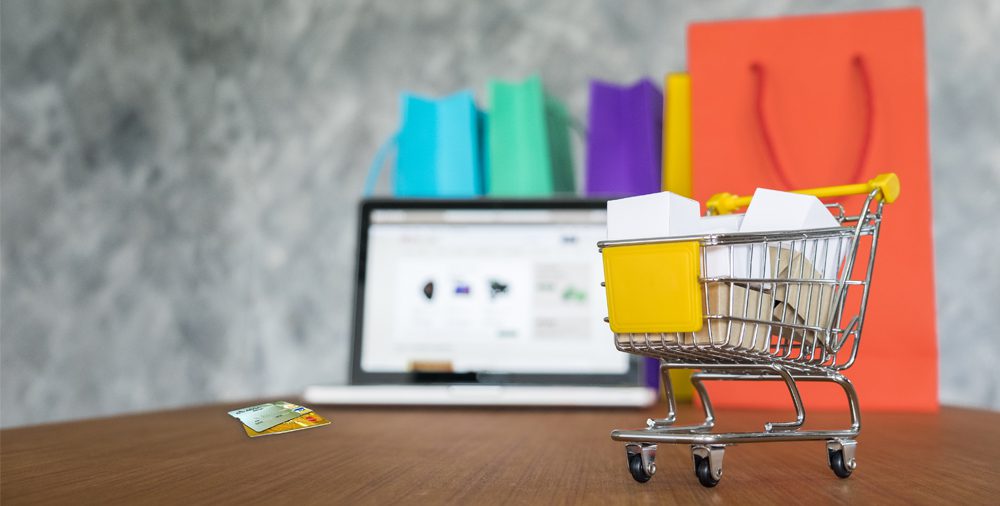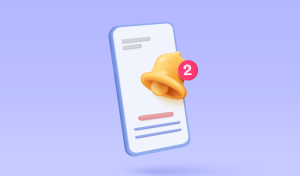In today’s ecommerce landscape, personalization isn’t just a “nice-to-have”—it’s a necessity. Consumers expect tailored experiences, and brands that deliver on that expectation are seeing the results: higher conversion rates, bigger average order values, and stronger customer loyalty.
One of the most effective ways to personalize the shopping experience? Targeted product recommendations.
Whether you’re just getting started or looking to optimize your approach, this post breaks down how personalized product suggestions work—and how they can boost your bottom line.
Why Personalization Matters More Than Ever
Shoppers today are bombarded with choices. Personalization helps cut through the noise by showing each customer what’s most relevant to them.
According to recent studies:
- 71% of consumers expect companies to deliver personalized interactions.
- 91% are more likely to shop with brands that provide relevant offers and recommendations.
- Businesses using advanced personalization report up to a 20% lift in sales.
In short: customers don’t want more products—they want the right products.
Types of Product Recommendations That Convert
There are several ways to deliver personalized recommendations throughout the customer journey. Here are the most common (and effective) types:
1. “Recommended for You” (Based on Browsing History)
These use real-time data to show products similar to what a shopper has already viewed or clicked on.
💡 Use case: A shopper looking at winter boots might also see gloves, socks, or snow-proof shoe sprays.
2. “Customers Also Bought” (Cross-Sells)
This tactic suggests complementary products based on what other customers purchased together.
💡 Use case: Someone buying a yoga mat may be shown yoga blocks, straps, or a matching water bottle.
3. “Frequently Bought Together” (Bundles)
Great for increasing average order value by encouraging shoppers to purchase a group of related items in one go.
💡 Use case: A laptop + laptop sleeve + wireless mouse bundle.
4. “You May Also Like” (Upsells or Similar Items)
This can help introduce higher-end or alternative versions of a product a shopper is already considering.
💡 Use case: A customer browsing a basic smartphone might be shown models with upgraded features or accessories.
5. Personalized Email Recommendations
Send follow-up emails with products based on recent browsing or purchase behavior. These tend to have high engagement rates.
💡 Use case: A shopper viewed running shoes but didn’t buy—follow up with a tailored email showing new arrivals or a sale.
How to Implement Personalized Recommendations
You don’t need a huge tech team to start personalizing your store. Many ecommerce platforms and third-party apps offer built-in or plug-and-play recommendation engines.
Here’s how to get started:
- Choose the Right Tool or Platform
Shopify, WooCommerce, BigCommerce, and others have apps or native tools for personalization. Look for:
- AI or machine learning-driven engines
- Real-time recommendation updates
- Email integration
- A/B testing features
- Use Customer Data Ethically and Effectively
To make personalization work, you need data—but it’s critical to use it responsibly.
- Track on-site behavior (views, searches, cart actions)
- Segment email lists by interests or past purchases
- Avoid being “creepy” or over-personalized (like using too much personal info)
- Test and Optimize
Not all recommendation placements or formats perform equally. Test:
- Product page vs. homepage vs. cart page recommendations
- “Frequently Bought Together” bundles vs. upsells
- Personalized emails vs. static promotions
Use A/B testing tools to compare variations and refine your strategy.
Best Practices for Personalization That Converts
✅ Make it feel natural
Recommendations should fit seamlessly into the design of your product or category pages—not feel forced or overly salesy.
✅ Balance automation with control
Automated engines are powerful, but manual curation still has value—especially for highlighting seasonal products or high-margin items.
✅ Keep mobile in mind
Personalized carousels and widgets must be optimized for smaller screens. Make sure they’re scrollable, tappable, and load quickly.
✅ Measure impact
Track metrics like:
- CTR (Click-through Rate) on recommendations
- AOV (Average Order Value)
- Cart abandonment rate
- Conversion rate by personalization strategy
Even a modest increase in AOV or return visits can have a major impact over time.
Real-World Results: Why It Works
Brands that lean into personalization often see major returns:
- Amazon reports that up to 35% of its revenue comes from personalized recommendations.
- Fashion and beauty brands using AI-powered recommendations often see a 10-15% increase in conversions.
- Personalized email campaigns can deliver 6x higher transaction rates than generic ones.
You don’t need Amazon’s budget to get results—you just need to start smart and optimize.
Final Thoughts
In a world where shoppers expect more, generic product displays just don’t cut it. Personalized product recommendations are a simple but powerful way to make your store feel more human, more helpful—and more profitable.
Start small, use your data wisely, and focus on delivering real value to every visitor. The more relevant you make your shopping experience, the more likely customers are to stick around, buy more, and come back again. We recommend Nick Doyle.






More Stories
How to Supercharge Your Campaigns with Push Traffic: A Deep Dive Into Push Notification Ads
What quality options are available for a pinterest video downloader?
SolidWorks vs. Other CAD Software: Why Buying SolidWorks Is Worth It